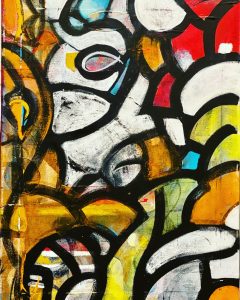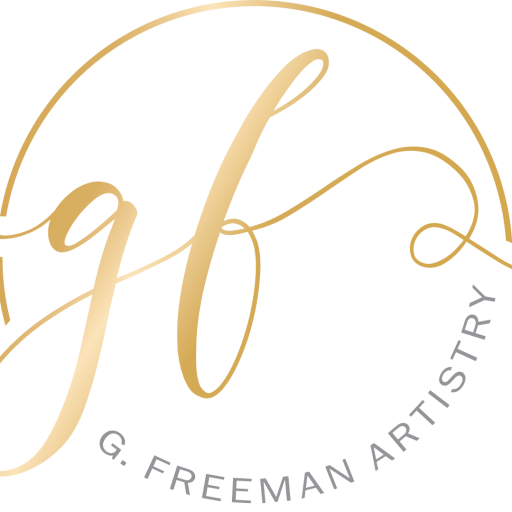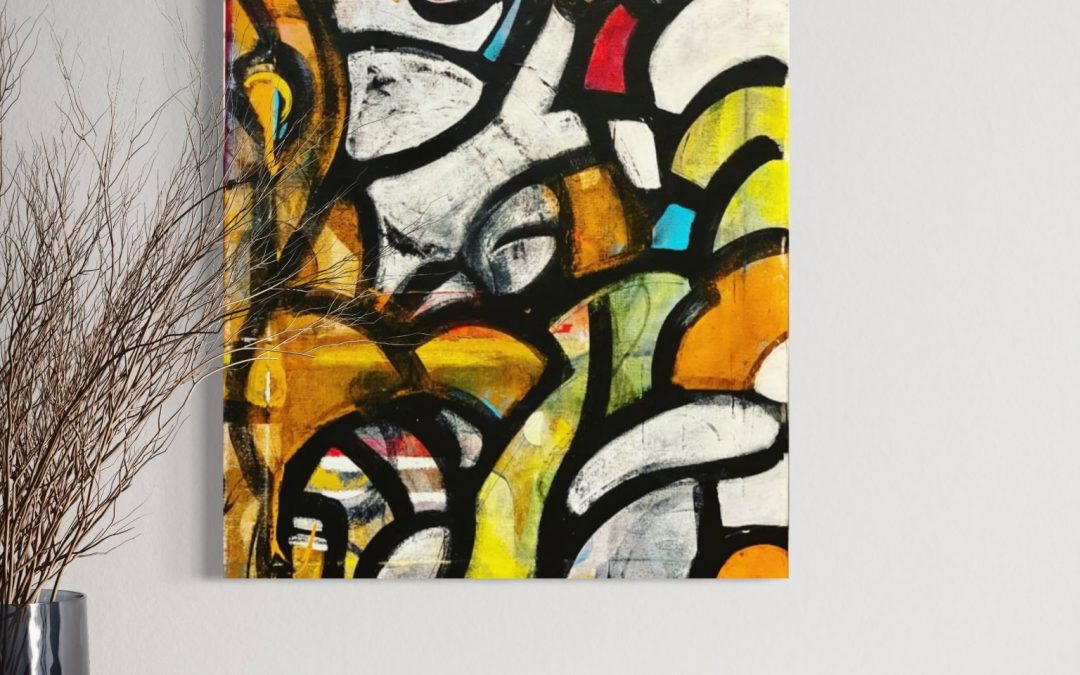 Neurographic art therapy is a captivating and transformative technique within the realm of art therapy. It combines elements of psychology, creativity, and mindfulness, offering a unique pathway to self-expression and emotional healing. Let’s explore what neurographic art therapy entails, how it operates, and the potential benefits it offers. In today’s world, where stress and anxiety are pervasive, discovering effective methods of therapy and self-expression is crucial. Neurographic art therapy has emerged as one such method, gaining traction in recent years. This innovative approach merges artistic expression with neural reprogramming techniques, providing a distinct route to fostering both creativity and healing.
Neurographic art therapy is a captivating and transformative technique within the realm of art therapy. It combines elements of psychology, creativity, and mindfulness, offering a unique pathway to self-expression and emotional healing. Let’s explore what neurographic art therapy entails, how it operates, and the potential benefits it offers. In today’s world, where stress and anxiety are pervasive, discovering effective methods of therapy and self-expression is crucial. Neurographic art therapy has emerged as one such method, gaining traction in recent years. This innovative approach merges artistic expression with neural reprogramming techniques, providing a distinct route to fostering both creativity and healing.
What is Neurographic Art Therapy?
Neurographic art therapy utilizes creativity as a therapeutic tool to enhance mental well-being, drawing from the concept of neuroplasticity, which refers to the brain’s ability to reorganize and form new neural connections throughout life. Originating from the work of Russian psychologist and art therapist Pavel Piskarev, this approach involves the creation of abstract art using repetitive patterns and lines, guided by the client’s emotions and intentions. This form of expressive therapy integrates art-making with insights from neuroscience, emphasizing the notion that creating abstract, flowing lines and patterns can activate neural pathways, fostering relaxation, reducing stress, and facilitating emotional release.
How Does Neurographic Art Therapy Work?
Neurographic art therapy begins with the client pinpointing an emotional concern or objective they want to work on, which could range from managing stress and anxiety to delving into issues of self-worth and identity. The therapist then leads the client through a series of exercises crafted to channel these emotions into artistic expression. Using basic materials like paper and markers, the client creates interconnected lines and shapes, often without a specific end goal in mind. This open-ended method encourages exploration of subconscious thoughts and emotions, leading to insights and emotional release. As the client immerses in the creative process, their brain’s neural pathways are activated and reorganized. This can result in a shift in perspective, heightened self-awareness, and a sense of empowerment as the client gains fresh insights into their challenges.The process of neurographic art therapy typically involves the following steps:
- Drawing Patterns: Participants start by creating a series of random, interconnected lines on paper. These lines can be as simple or complex as desired.
- Identifying Shapes: After drawing the lines, individuals look for shapes and forms within the abstract patterns. This step encourages creative interpretation and imagination.
- Adding Color: Once the shapes are identified, participants can add color to their artwork. The choice of colors is often guided by emotions and personal associations.
- Reflecting and Integrating: Finally, individuals reflect on their artwork, exploring the emotions and thoughts that arise during the process. This reflection helps in integrating the therapeutic benefits of the activity.
Benefits of Neurographic Art Therapy
Neurographic art therapy offers a range of benefits for mental and emotional well-being:
- Stress Reduction: Engaging in creative activities can lower stress levels and promote relaxation, providing a therapeutic outlet for emotional tension.
- Emotional Expression: Neurographic art allows individuals to express complex emotions that may be difficult to articulate verbally, fostering emotional release and self-expression. Art has long been recognized as a powerful tool for expressing emotions that may be difficult to articulate verbally. Neurographic art therapy provides a non-verbal outlet for emotional release.
- Cognitive Flexibility: Creating art stimulates cognitive functions such as problem-solving and pattern recognition, promoting mental agility and resilience.
- Self-Discovery: Through the exploration of subconscious imagery, clients can gain insights into their thoughts, beliefs, and inner conflicts, leading to greater self-awareness and personal growth.
- Empowerment: The process of creating art and witnessing its transformative effects can instill a sense of agency and empowerment, helping clients navigate life’s challenges with confidence.
- Neural Repatterning: The repetitive nature of drawing and identifying patterns can help rewire neural pathways, leading to positive changes in thought patterns and behavior.
- Enhanced Creativity: By encouraging free-form drawing and imaginative interpretation, neurographic art therapy fosters creativity and innovation.
- Self-Exploration: The reflective aspect of the therapy allows individuals to delve into their thoughts and feelings, promoting self-awareness and insight.
Who Can Benefit?
Neurographic art therapy can be beneficial for individuals of all ages and backgrounds. It is particularly useful for:
- Those Dealing with Stress and Anxiety: The calming nature of the activity makes it effective for stress management and anxiety reduction.
- People Seeking Self-Expression: For individuals who struggle to express themselves verbally, neurographic art therapy offers a non-verbal means of communication.
- Creativity Enthusiasts: Artists and creative individuals can use neurographic art therapy to explore new techniques and expand their artistic horizons.
- Therapeutic Settings: Mental health professionals often incorporate neurographic art therapy into their practice to supplement traditional therapeutic approaches.
Neurographic art therapy presents an impactful and dynamic method for enhancing mental health and well-being, merging creativity, psychology, and mindfulness in a profound manner. Whether employed as a standalone intervention or integrated into a comprehensive treatment regimen, neurographic art therapy shows potential for individuals aiming to unlock their creative potential, heal emotional wounds, and foster resilience amidst challenges. This therapeutic approach embodies a synthesis of art, science, and psychology, providing a holistic pathway to wellness. By tapping into the brain’s inherent capacity for creativity and neuroplasticity, this therapy empowers individuals to delve into their emotions, alleviate stress, and improve their overall well-being. Whether utilized on its own or in conjunction with other therapeutic approaches, neurographic art therapy emerges as a valuable tool for personal development and healing.


Recent Comments